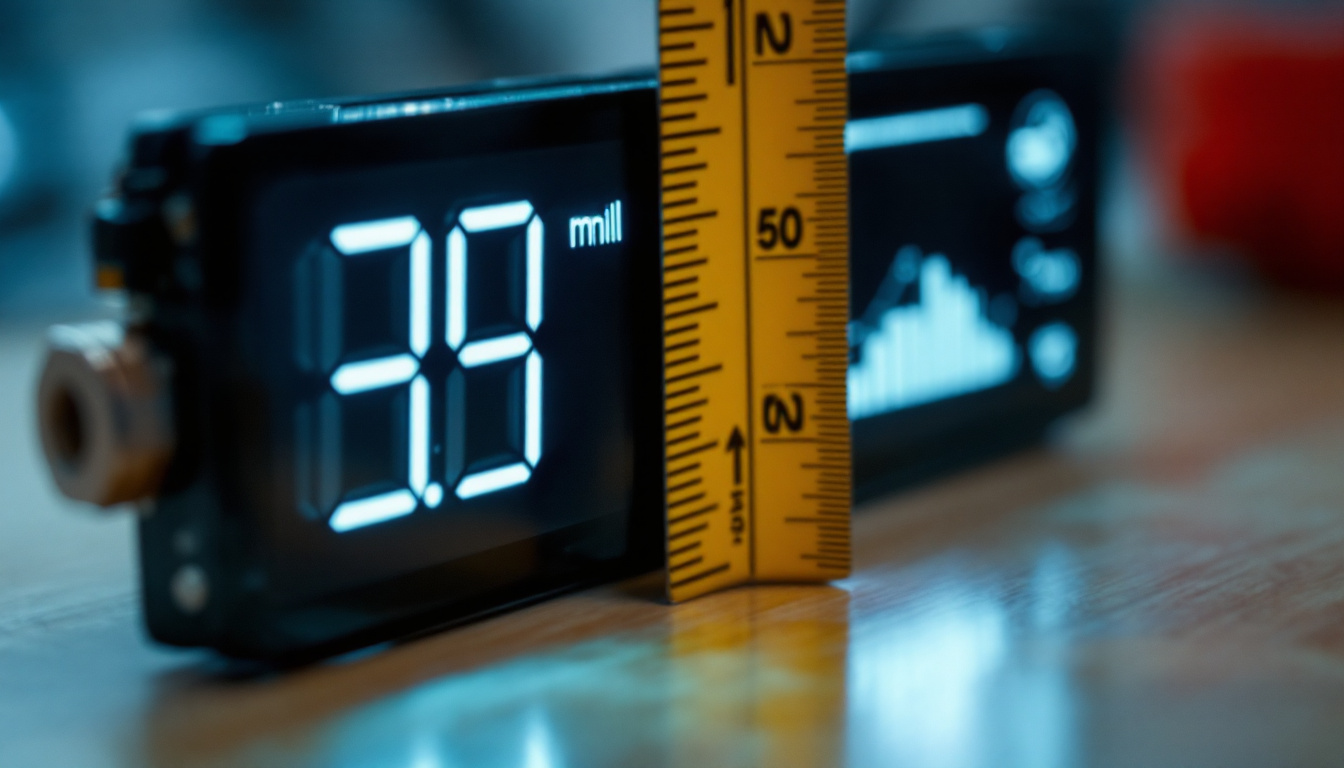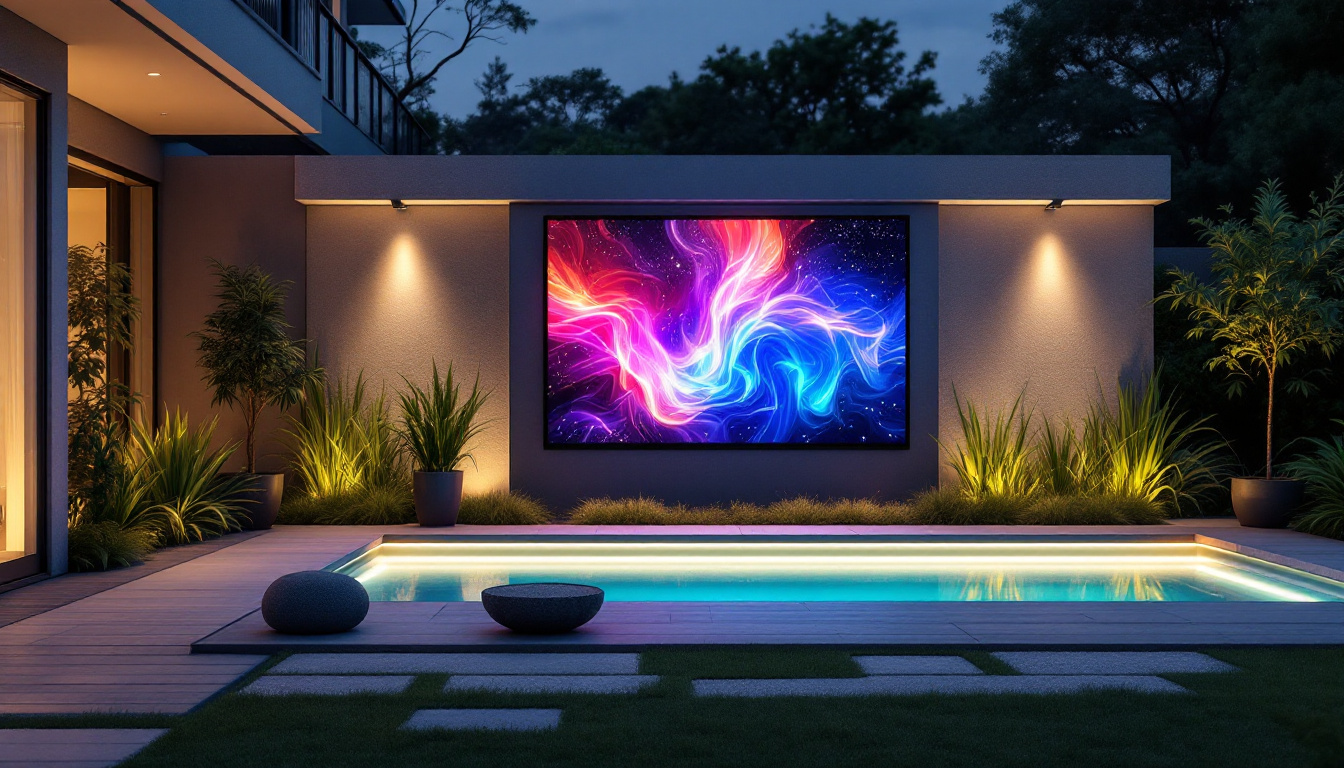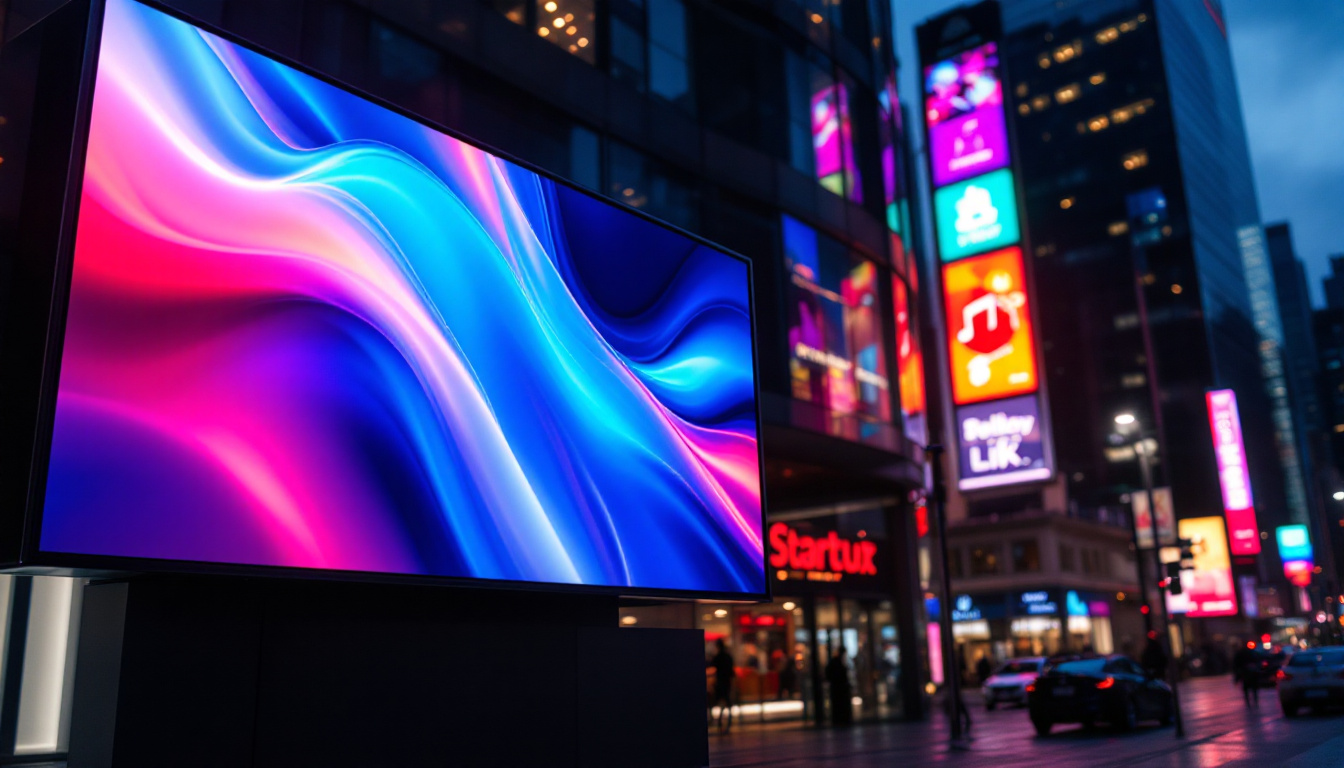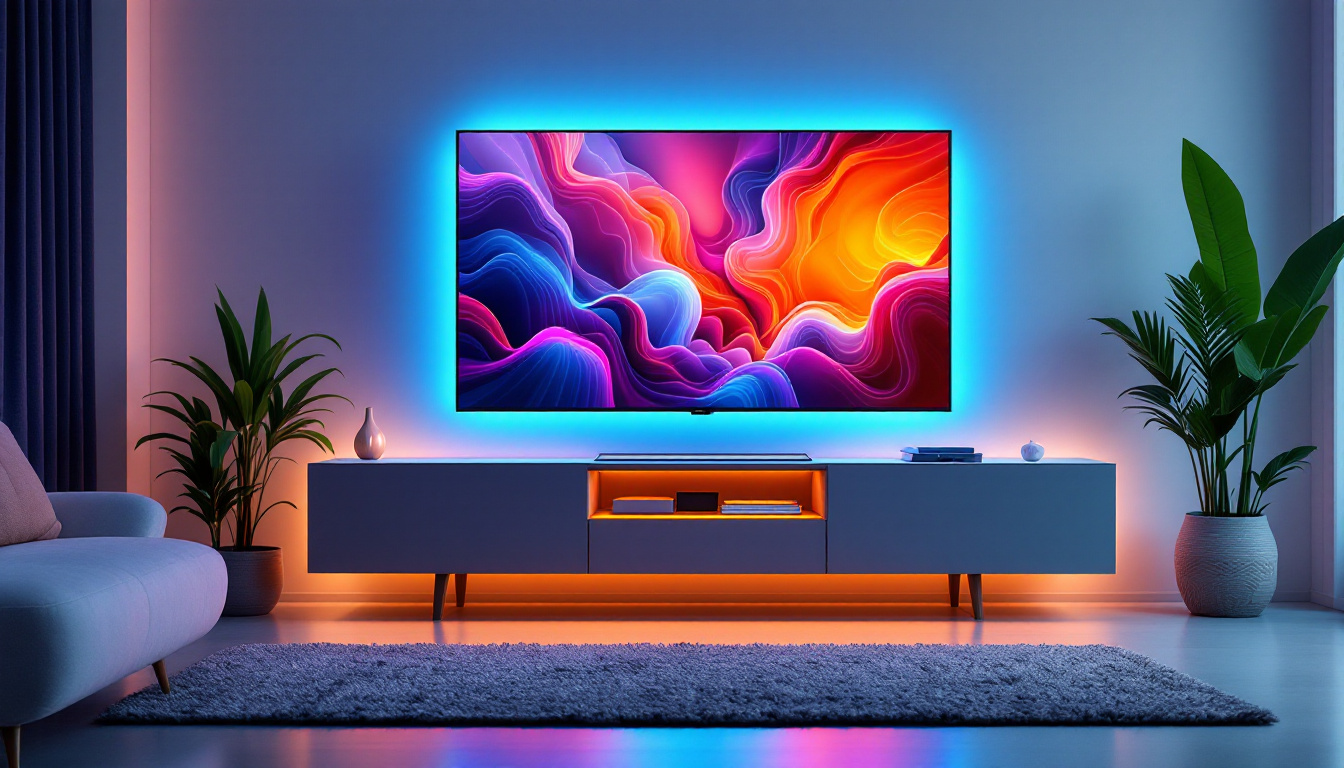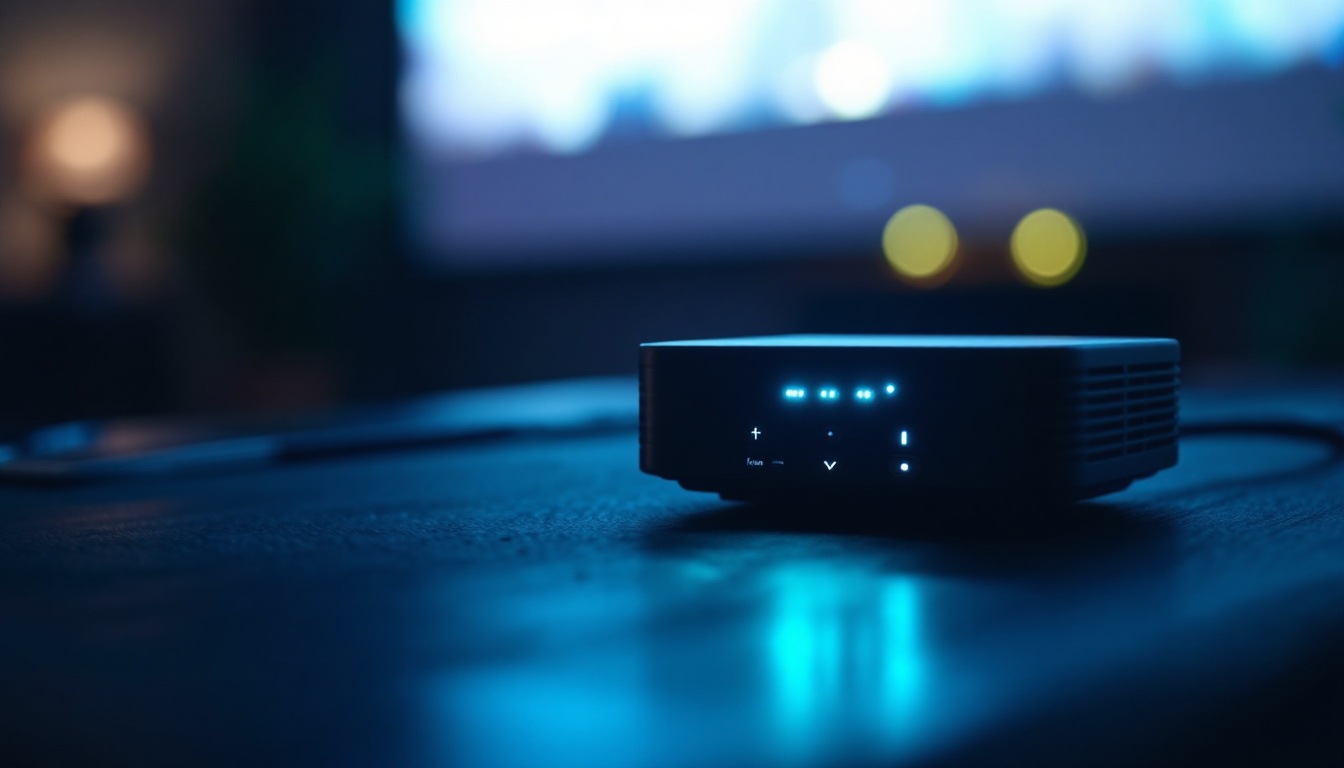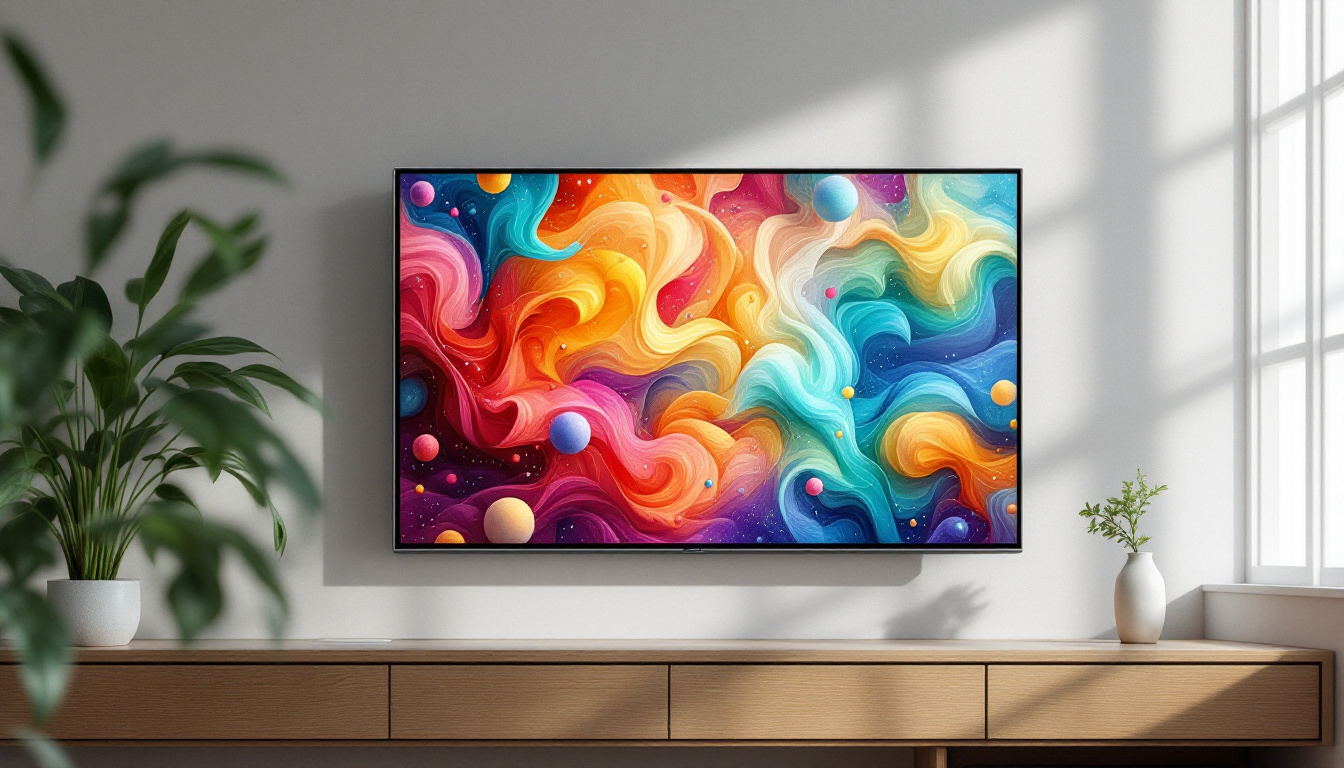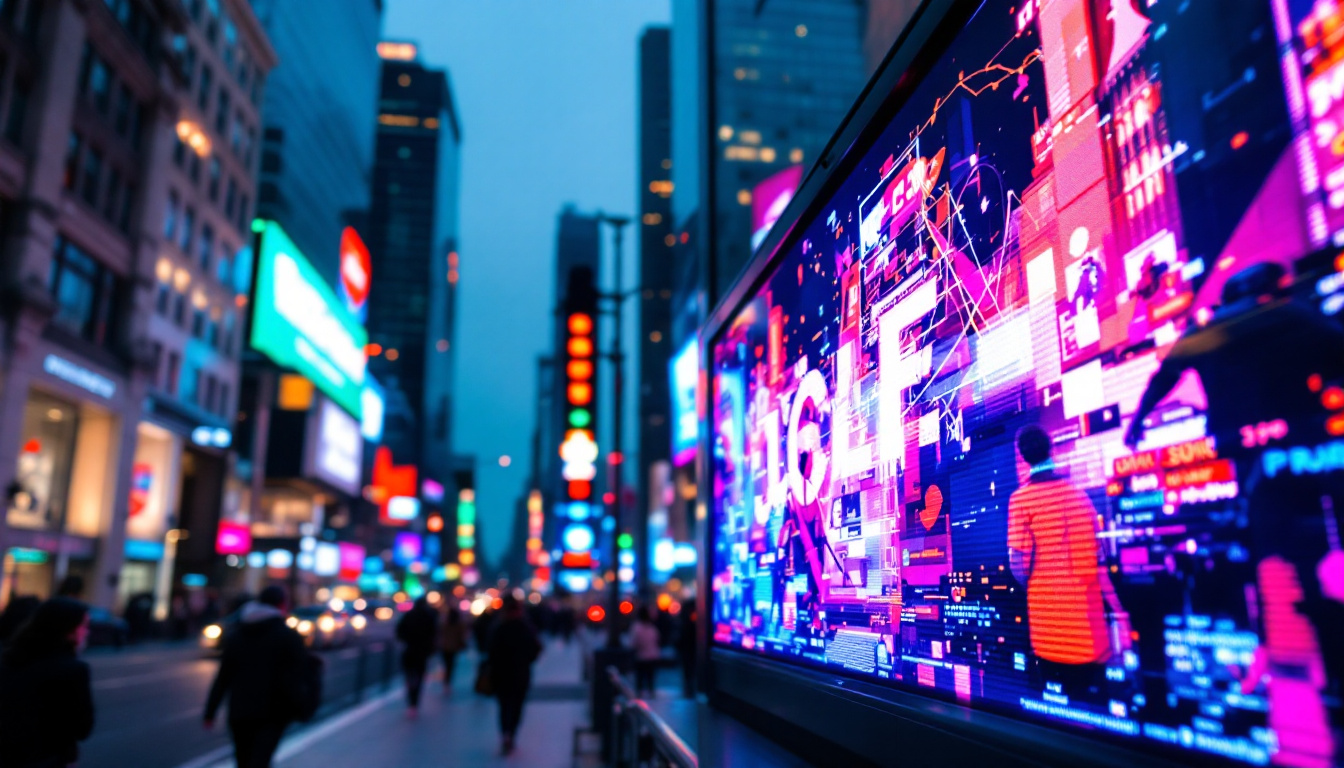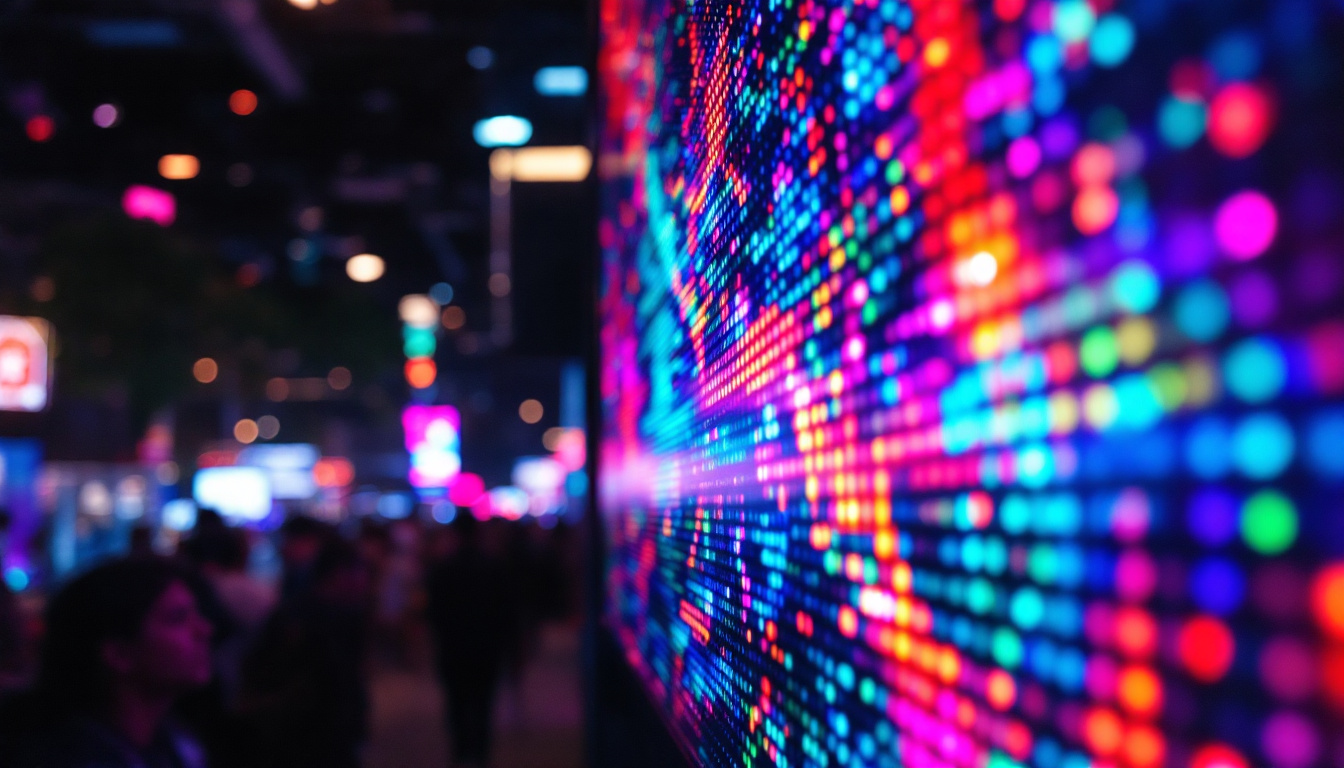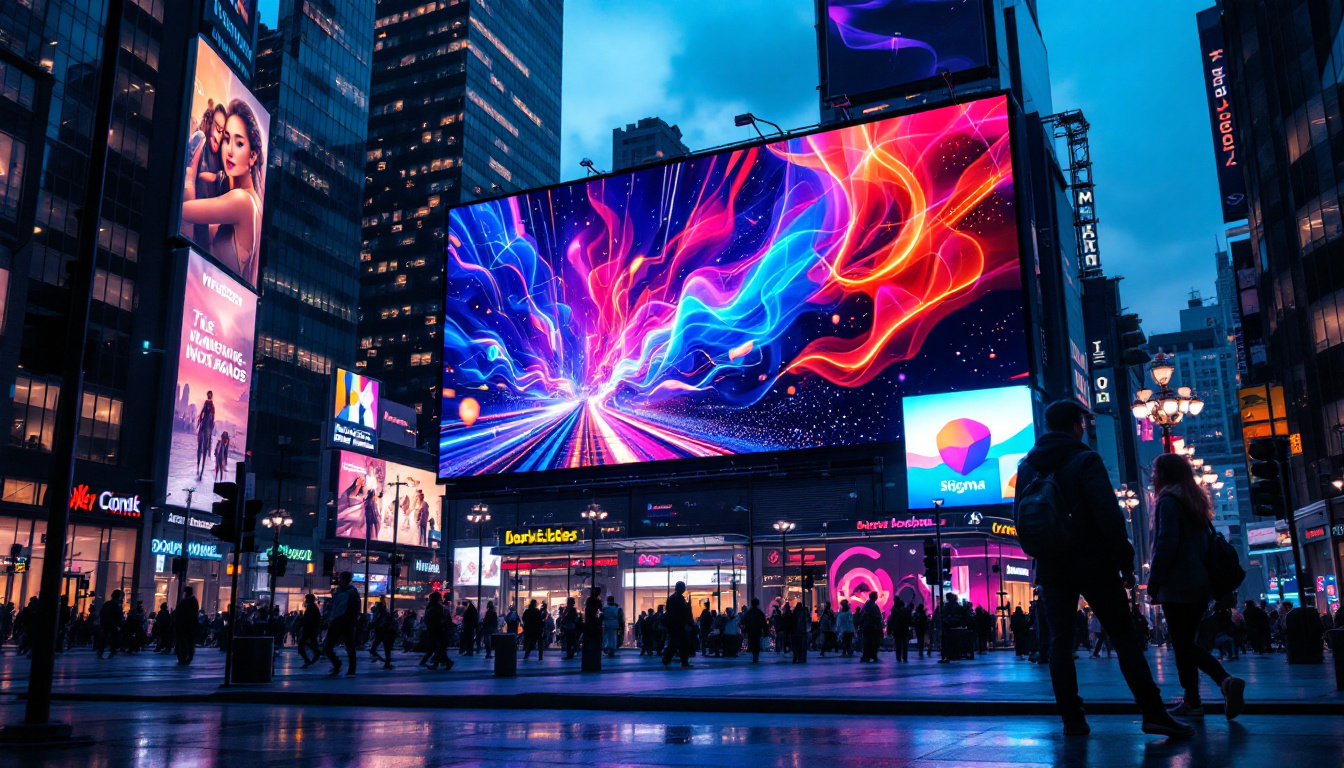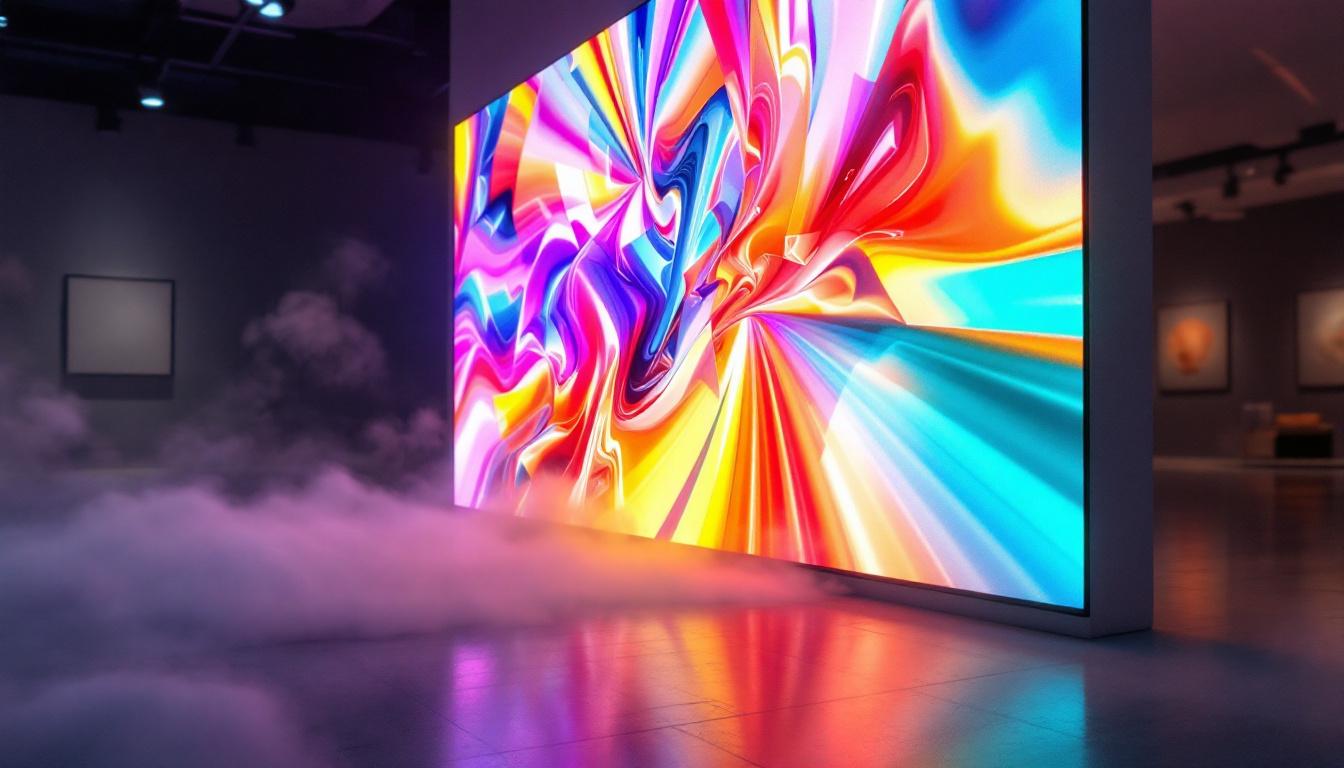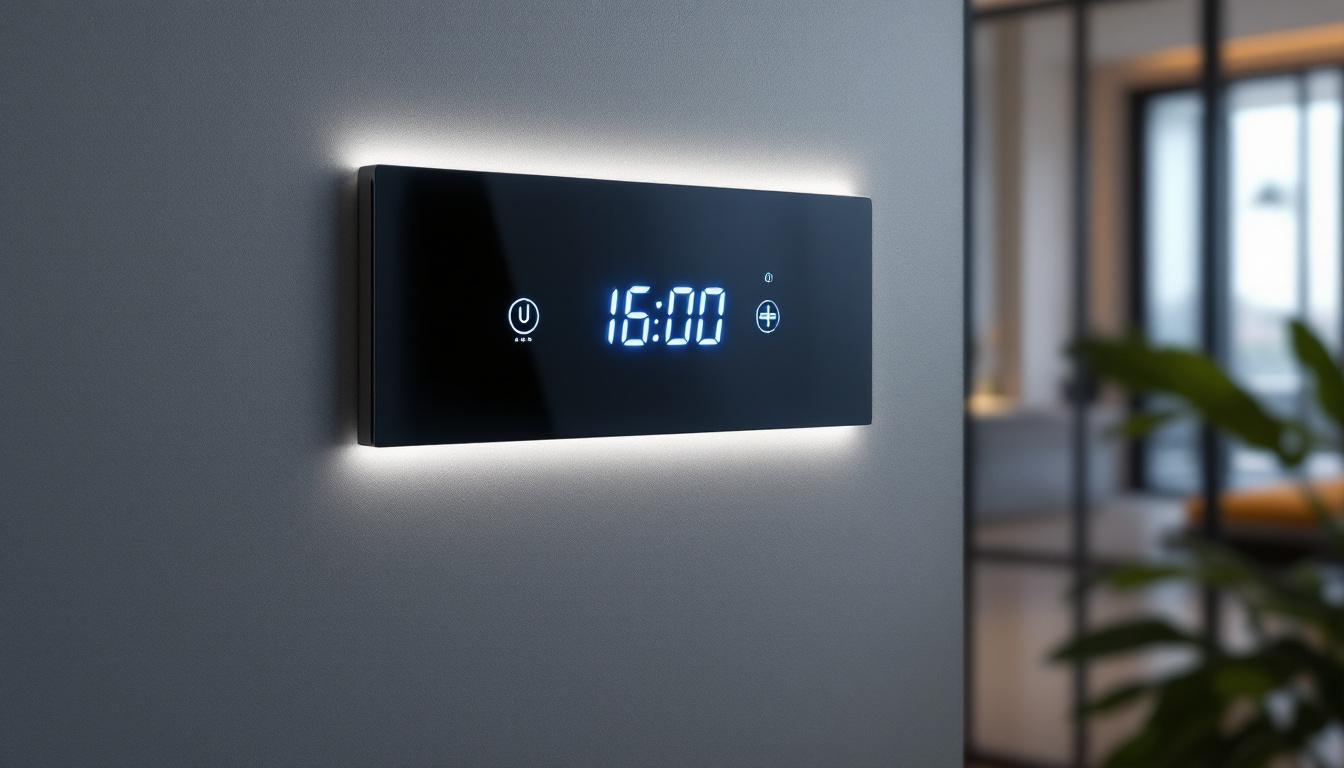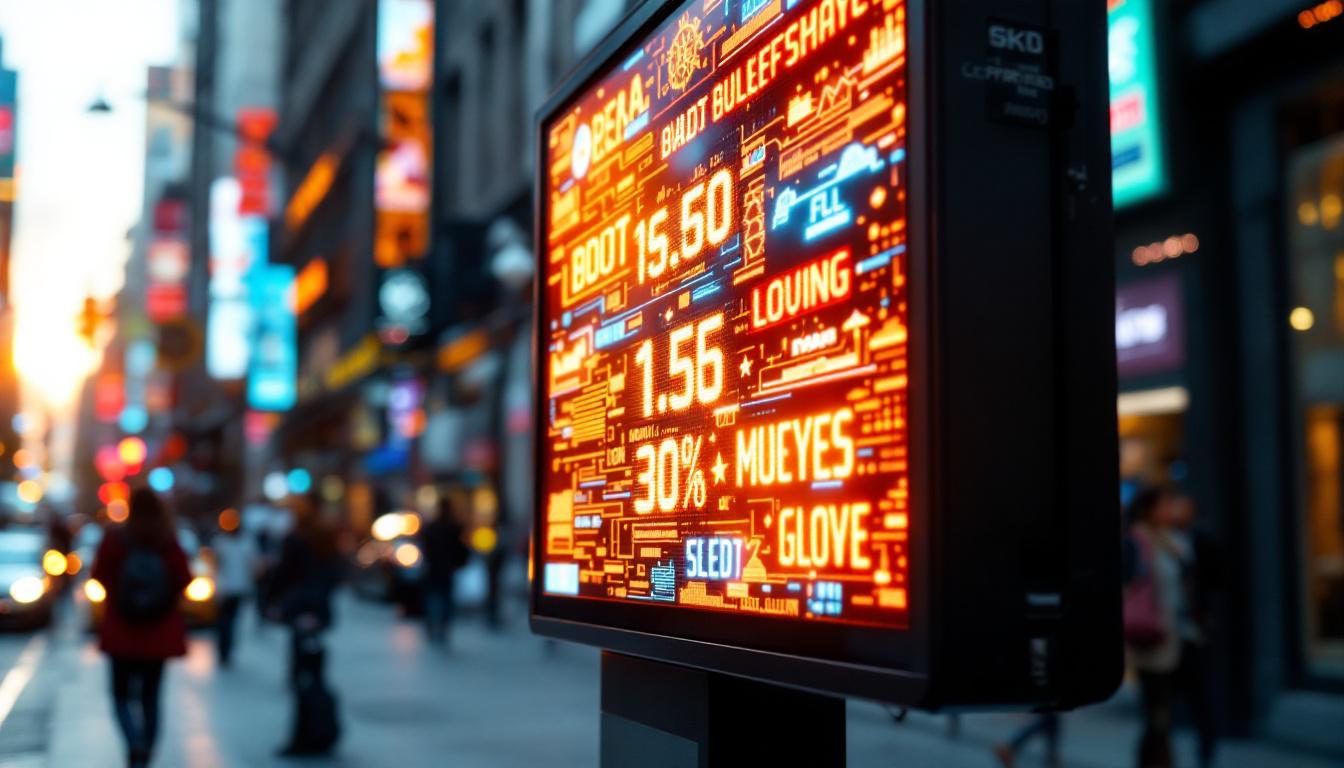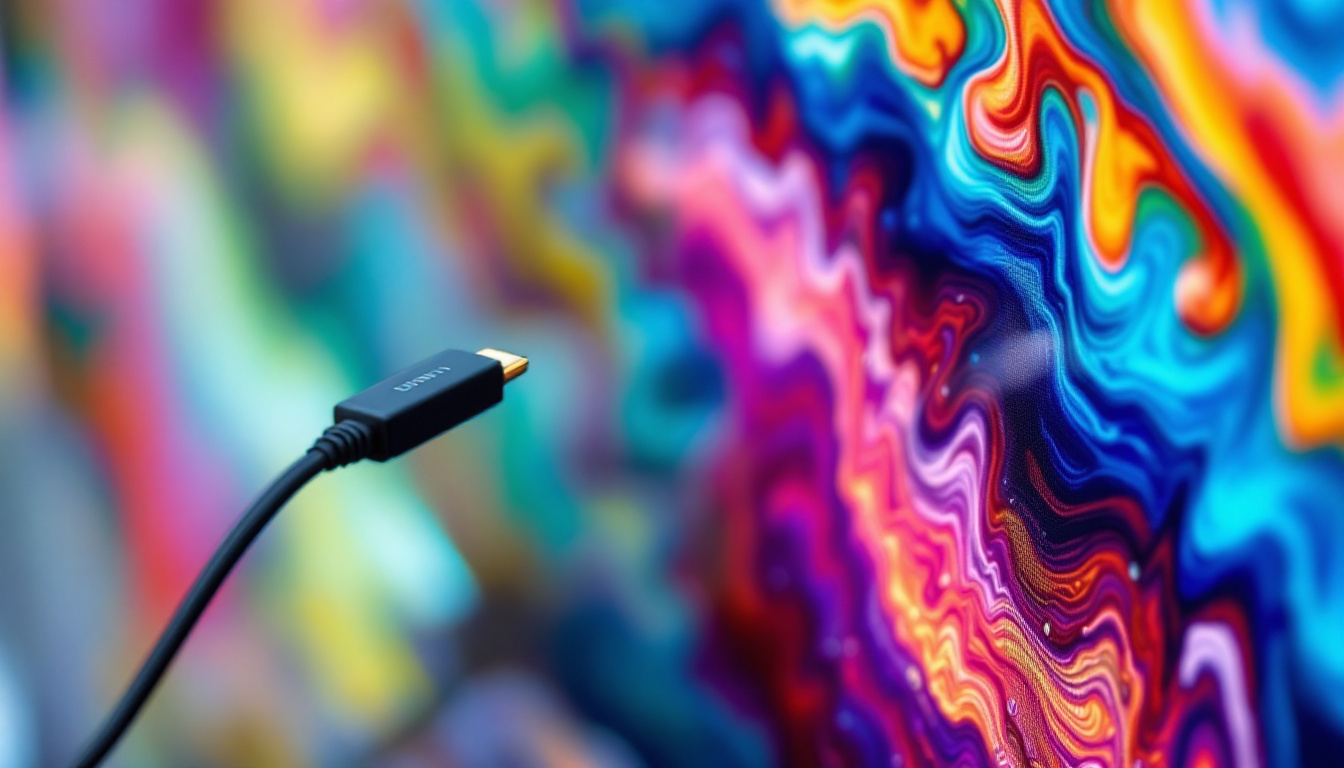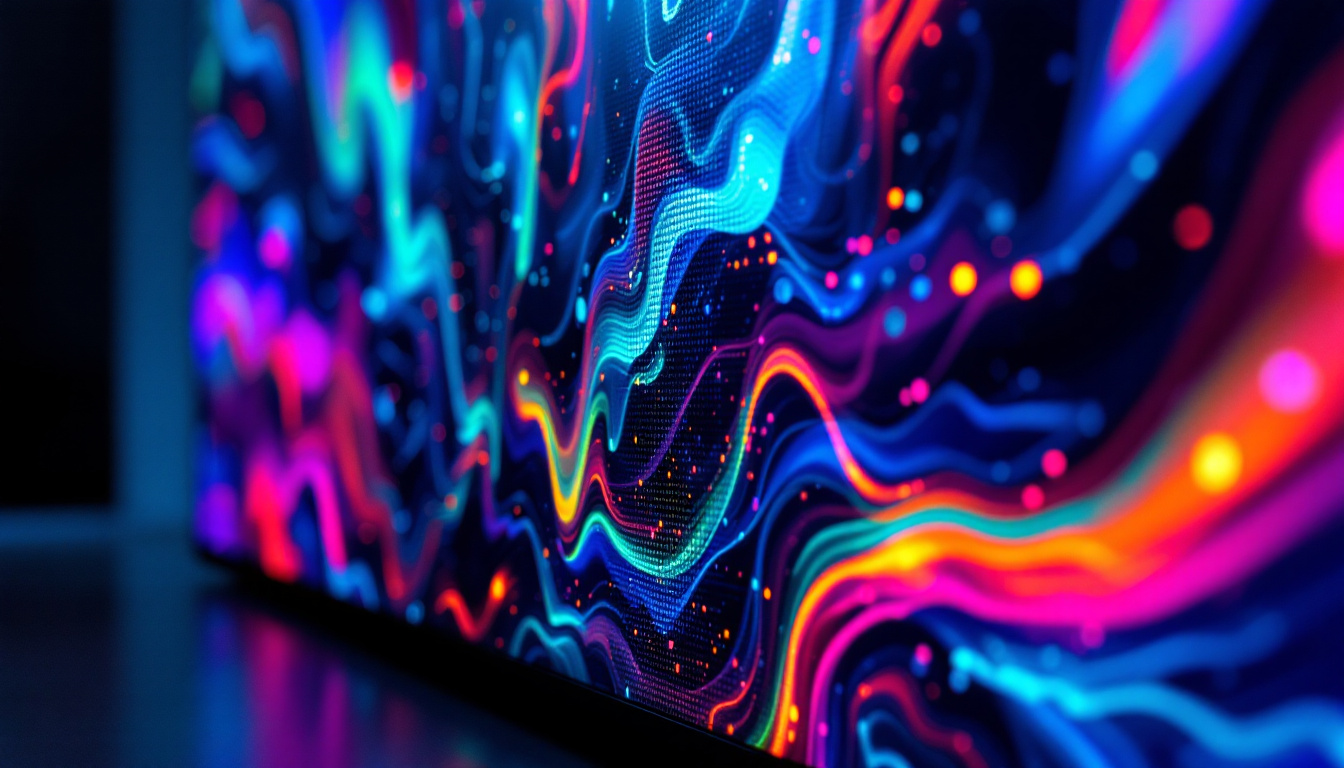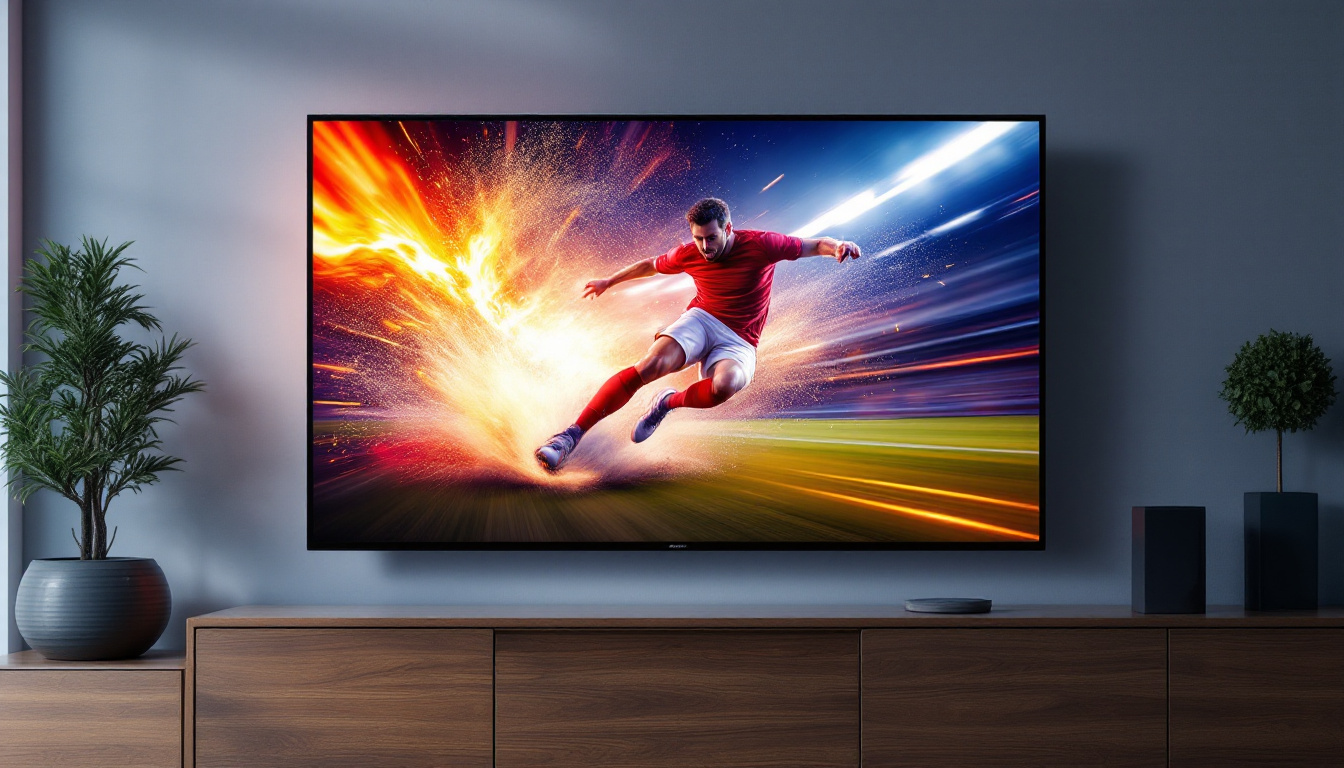In the world of technology and design, measurements play a crucial role in ensuring that products meet the required specifications. One common conversion that often comes into play is the conversion from millimeters to inches, particularly in the context of LED displays. Understanding this conversion is essential for designers, engineers, and manufacturers alike. This article delves into the relationship between millimeters and inches, the significance of LED displays, and how these measurements impact the design and functionality of various devices.
Understanding the Millimeter to Inch Conversion
The millimeter (mm) and inch are both units of measurement used to quantify length. While millimeters are part of the metric system, inches belong to the imperial system. This difference can sometimes lead to confusion, especially when dealing with international products or specifications. The metric system is widely adopted around the world, particularly in scientific and technical contexts, while the imperial system is primarily used in the United States and a few other countries. This divergence can create challenges in communication and collaboration across borders, making a solid understanding of both systems essential.
Basic Conversion Formula
To convert millimeters to inches, a simple formula can be employed: divide the number of millimeters by 25.4. This is because one inch is equivalent to 25.4 millimeters. For example, if one needs to convert 50 mm to inches, the calculation would be:
50 mm ÷ 25.4 = 1.9685 inchesThis formula is straightforward and can be applied to any measurement in millimeters, making it a handy tool for professionals across various fields. Additionally, many online calculators and conversion tools are available, allowing for quick conversions without the need for manual calculations. This can be particularly beneficial in fast-paced environments where time is of the essence, such as in construction or manufacturing, where precise measurements are critical to project success.
Why the Conversion Matters
Understanding the conversion from millimeters to inches is particularly important in industries such as manufacturing, engineering, and design. Many technical drawings and specifications may use one measurement system over the other, and being able to convert accurately ensures that components fit together correctly. For instance, when designing an LED display, knowing the exact dimensions in both millimeters and inches can prevent costly errors. Furthermore, in the realm of 3D printing and prototyping, designers often need to switch between metric and imperial measurements to accommodate different materials and machines, making proficiency in these conversions a valuable skill.
Moreover, in the context of global trade, products manufactured in one country may need to meet specifications that are expressed in a different measurement system. For example, a manufacturer in Europe might produce a component in millimeters, while a client in the United States expects the dimensions in inches. Thus, having a clear understanding of how to convert between these systems not only facilitates smoother transactions but also enhances the overall quality and compatibility of products across international markets. As technology continues to advance and globalization expands, the ability to navigate these measurement systems will remain a crucial competency for professionals in various sectors.
The Role of LED Displays
LED (Light Emitting Diode) displays have revolutionized how information is presented in various applications, from televisions and computer monitors to advertising billboards. Their ability to produce bright, vibrant colors and high contrast ratios makes them a preferred choice for many users. The technology behind LED displays has not only transformed consumer electronics but has also significantly impacted industries such as healthcare, education, and entertainment, where clarity and precision are paramount.
Advantages of LED Technology
LED technology offers numerous advantages over traditional display technologies, such as LCD and plasma. Some of the key benefits include:
- Energy Efficiency: LED displays consume significantly less power than their counterparts, making them more environmentally friendly and cost-effective in the long run. This energy efficiency is particularly beneficial in large-scale installations, such as stadiums and concert venues, where the reduction in energy consumption can lead to substantial savings.
- Longevity: LEDs have a longer lifespan, often lasting tens of thousands of hours, which reduces the need for frequent replacements. This durability not only minimizes maintenance costs but also contributes to a lower carbon footprint, as fewer resources are required for manufacturing and disposal.
- Brightness and Clarity: LED displays can achieve higher brightness levels, making them suitable for outdoor use and well-lit environments. This capability ensures that content remains visible and engaging, even in direct sunlight, which is a significant advantage for advertising and public information displays.
Applications of LED Displays
LED displays are versatile and can be found in a wide range of applications:
- Consumer Electronics: From smartphones to televisions, LED technology is ubiquitous in consumer devices. The shift towards LED has also enabled manufacturers to create thinner and lighter devices, enhancing portability without compromising on screen quality.
- Advertising: Billboards and digital signage utilize LED displays to capture attention with dynamic content. The ability to change advertisements in real-time allows businesses to target specific demographics and respond to market trends quickly, making LED displays an invaluable tool for marketers.
- Automotive: LED displays are increasingly used in dashboards and headlights for better visibility and efficiency. In addition to improving safety with clearer indicators and brighter lights, they also allow for innovative features such as adaptive lighting systems that adjust based on driving conditions.
Moreover, LED technology is making significant strides in the realm of smart cities, where interconnected LED displays can provide real-time information about traffic conditions, public transport schedules, and emergency alerts. This integration of LED displays into urban infrastructure not only enhances the flow of information but also fosters a more informed and engaged community. As technology continues to advance, we can expect even more innovative applications of LED displays that will further enhance our daily lives.
LED Display Specifications and Measurements
When designing or purchasing an LED display, several specifications must be considered, many of which involve precise measurements. These specifications often include pixel pitch, screen size, and resolution, all of which can be expressed in millimeters or inches.
Pixel Pitch Explained
Pixel pitch refers to the distance between the centers of two adjacent pixels on an LED display. It is typically measured in millimeters and plays a significant role in determining the display’s clarity and viewing distance. A smaller pixel pitch indicates a higher resolution, allowing for more detail to be displayed at closer viewing distances.
For example, a display with a pixel pitch of 2.5 mm is suitable for close-range viewing, such as in retail environments, while a pixel pitch of 10 mm may be more appropriate for outdoor billboards viewed from a distance.
Screen Size Considerations
Screen size is another critical specification that can be measured in either millimeters or inches. When selecting an LED display, it is essential to consider the intended use and viewing distance. A larger screen may be necessary for presentations in large venues, while a smaller screen may suffice for personal use.
When converting screen sizes from millimeters to inches, the same conversion formula applies, allowing for easy comparison across different products. For instance, a screen measuring 1000 mm diagonally is approximately 39.37 inches.
Impact of Measurements on Design and Functionality
The choice of measurement system can significantly impact the design and functionality of LED displays. Designers must ensure that all components fit together seamlessly, which requires precise measurements and conversions.
Design Considerations
When designing an LED display, several factors must be taken into account, including:
- Aspect Ratio: The aspect ratio of a display determines its shape and can affect how content is presented. Common aspect ratios include 16:9 and 4:3, and designers must ensure that the chosen ratio aligns with the intended use.
- Mounting Options: The size and weight of the display will influence how it is mounted, whether on a wall, stand, or ceiling. Accurate measurements are crucial for ensuring stability and safety.
- Cooling Systems: High-performance LED displays generate heat, necessitating effective cooling solutions. The design must account for airflow and heat dissipation, which can also be influenced by the display’s dimensions.
Functionality and User Experience
The functionality of an LED display is closely tied to its measurements. A display that is too small may not provide sufficient visibility, while one that is too large may overwhelm users. Additionally, the resolution, determined by pixel pitch and screen size, affects the overall user experience.
In environments such as control rooms or command centers, where multiple displays are used, precise measurements are essential to ensure that all screens are aligned and functioning cohesively. This alignment can enhance the overall effectiveness of the display setup.
Conclusion
Understanding the conversion from millimeters to inches is vital for anyone involved in the design, manufacturing, or use of LED displays. With the increasing prevalence of LED technology in various applications, being able to accurately interpret measurements ensures that products meet the necessary specifications and function as intended.
From pixel pitch to screen size, each measurement plays a crucial role in the overall design and functionality of LED displays. By grasping these concepts, professionals can make informed decisions that enhance user experience and optimize performance. As technology continues to evolve, the importance of precise measurements will only grow, making this knowledge essential for future advancements in the field.
Explore Cutting-Edge LED Display Solutions with LumenMatrix
Ready to take your visual communication to the next level? LumenMatrix is at the forefront of LED display technology, offering a wide array of innovative solutions that cater to your unique needs. Whether you’re looking for an Indoor LED Wall Display, a dynamic Outdoor LED Wall Display, or specialized options like Vehicle LED Displays and LED Sports Displays, LumenMatrix has the expertise to bring your vision to life. Elevate your brand’s presence and create immersive experiences with our LED Poster Displays, Floor LED Displays, and Custom LED solutions. Don’t miss out on the opportunity to transform your space with our All-in-One LED Display or captivate passersby with our LED Transparent Display. Revolutionize your visual impact today by visiting LumenMatrix LED Display Solutions.

